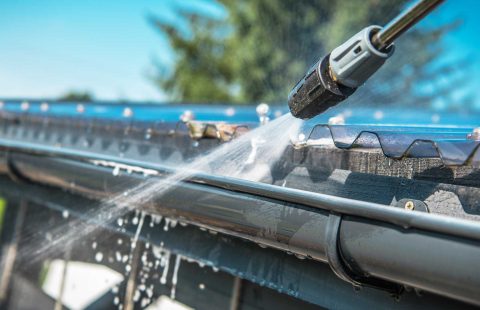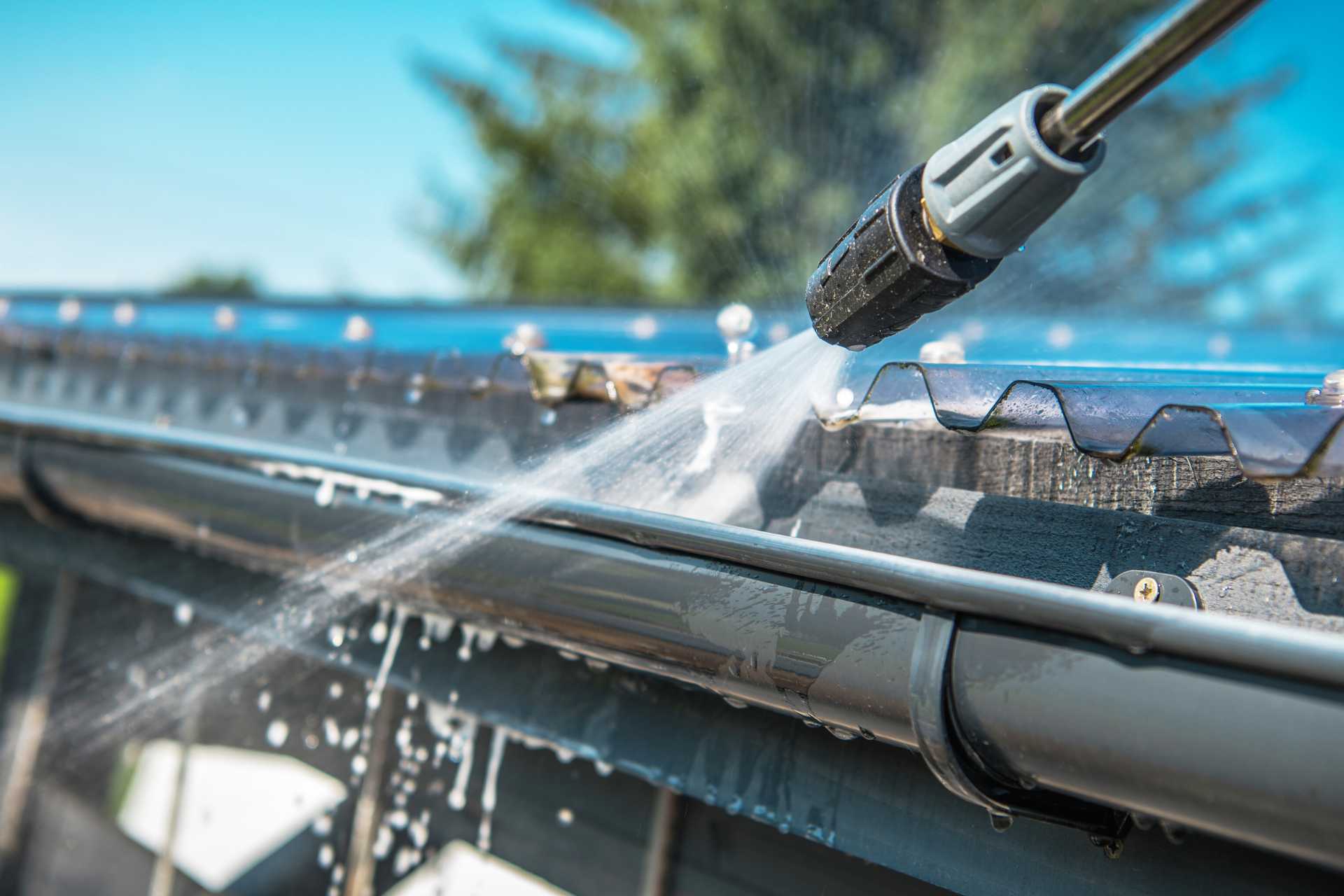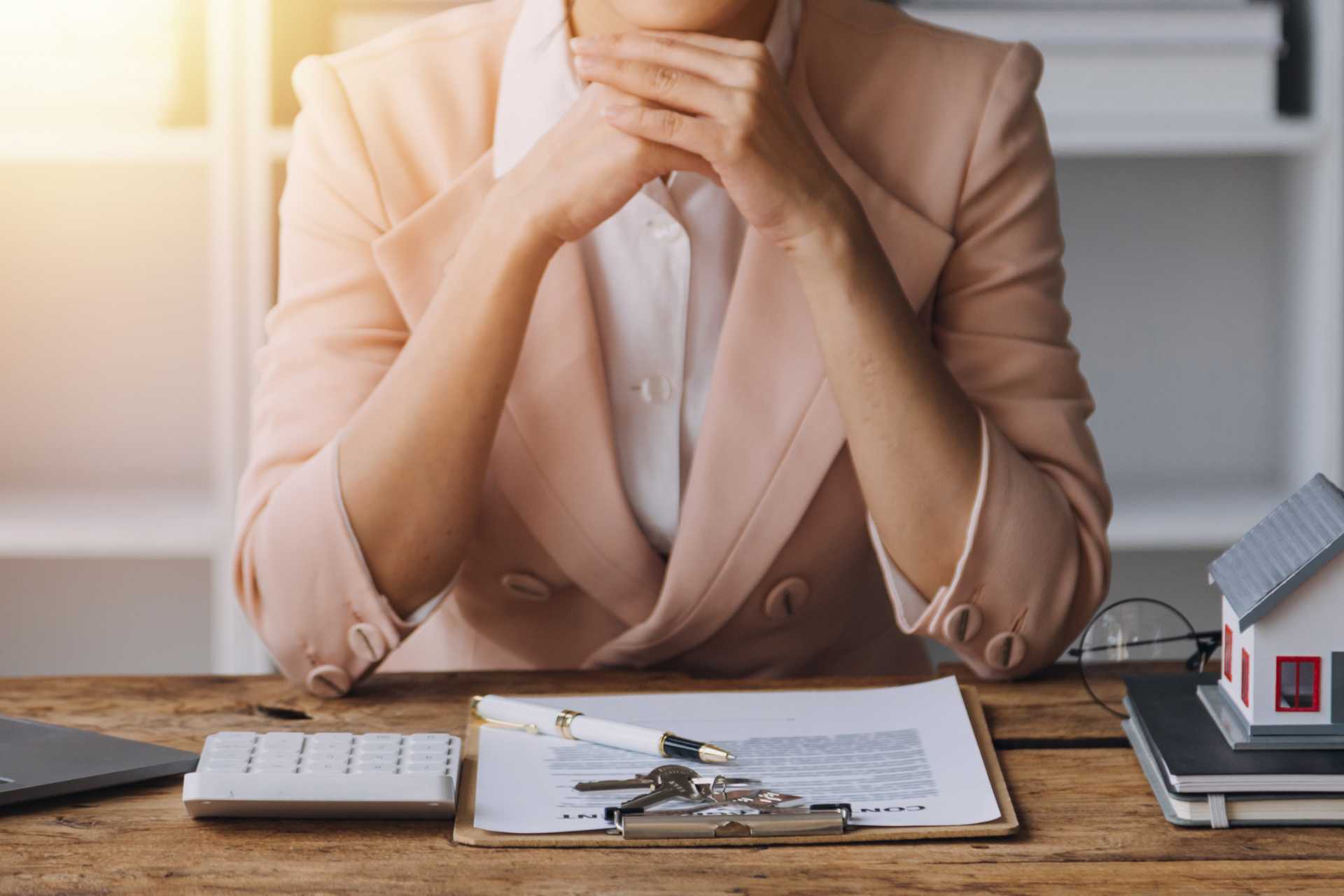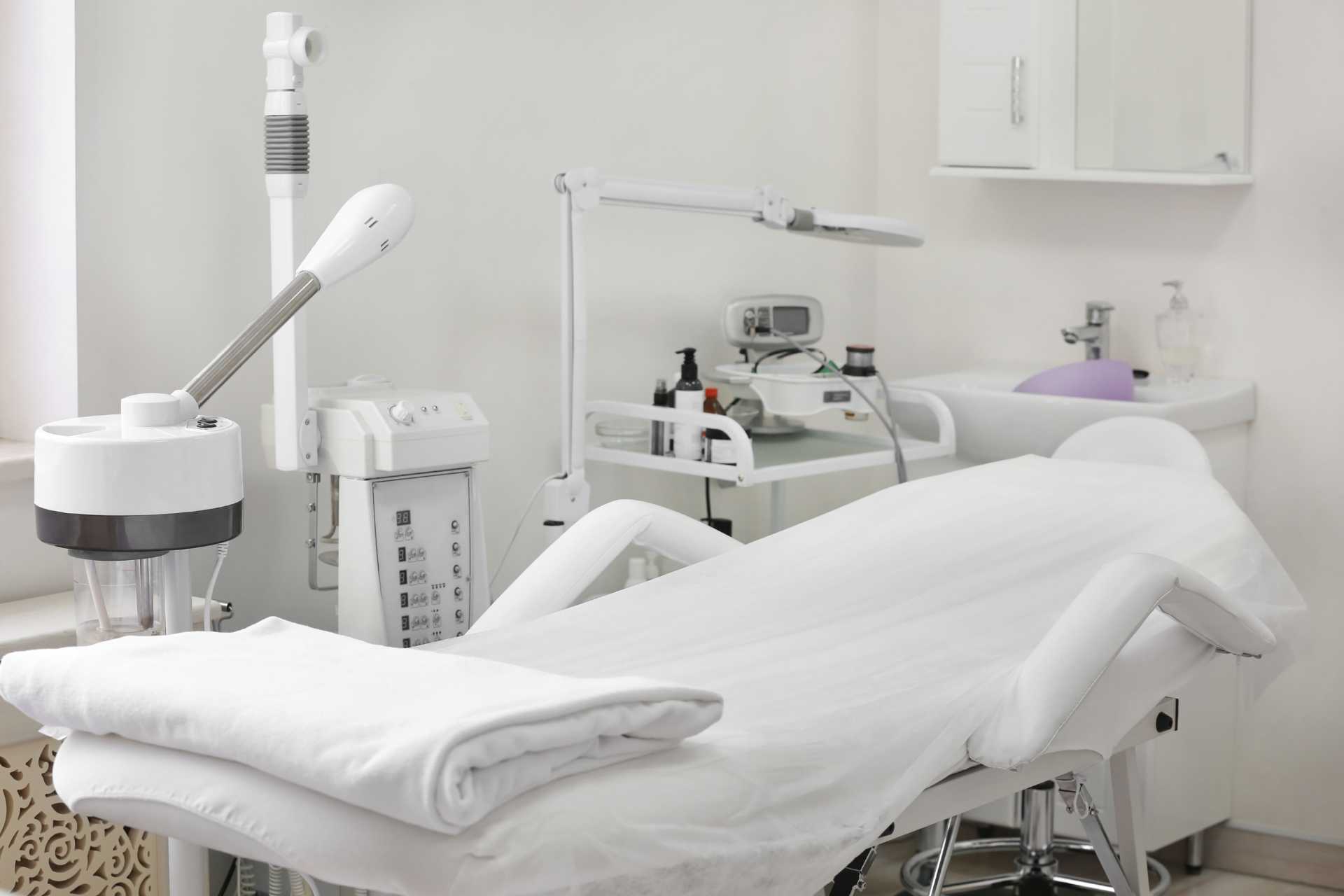A clean roof can dramatically improve a home’s curb appeal, making it look newer and better maintained. Many homeowners turn to power washing to achieve this fresh look, aiming to remove unsightly streaks, moss, or dirt. However, without the right approach, this seemingly simple maintenance task can cause significant, costly damage to roofing materials. That’s why understanding the risks or working with an experienced roofing company for cleaning is often the safest way to protect shingles, prevent leaks, and extend a roof’s lifespan. Before considering power washing your roof, it is crucial to understand the potential pitfalls and proper techniques. This guide covers the essential do’s and don’ts of cleaning a roof the right way, ensuring it enhances the home’s appearance without causing harm.
The Bright Side: Benefits of Roof Cleaning (When Done Right)
Properly cleaning a roof offers several important benefits beyond just aesthetics. Removing organic growth like algae (which causes dark streaks), moss, and lichen is crucial for the roof’s longevity. These organisms thrive in damp, shaded areas. They trap moisture against the roof surface, which accelerates the deterioration of asphalt shingles and can even cause them to lift or curl over time. This creates entry points for water. By carefully removing this buildup, homeowners can prevent premature decay and extend the functional life of their roofing materials, delaying the need for costly replacements.
A clean roof also significantly boosts curb appeal. Removing those dark stains or patches of green instantly makes the entire property look better maintained and more valuable. This visual improvement is especially important for homeowners planning to sell. Additionally, on lighter-coloured roofs, removing dark algae streaks can slightly improve energy efficiency. Dark surfaces absorb more solar heat, transferring it into the attic. A cleaner, lighter surface reflects more sunlight, potentially helping to keep the attic space cooler in the summer and reducing the load on the air conditioning system. Proper cleaning protects the investment.
The “Do’s” of Roof Cleaning: Safety and Technique First
Safety and preparation are paramount before starting any roof cleaning project. First, do visually inspect the roof from the ground or a ladder for any obvious signs of damage. Look for loose, cracked, or missing shingles, deteriorated flashing around chimneys or vents, or any other weak points. Applying water pressure or cleaning solutions to a compromised roof can worsen existing problems. Address any necessary repairs before attempting to clean. Second, do choose appropriate weather conditions. Clean on a calm, overcast, and mild day. Avoid intense direct sunlight, which can cause cleaning solutions to evaporate too quickly, and avoid windy conditions, which are unsafe and can cause overspray.
The technique used for power washing your roof is critical. Crucially, do use low-pressure or “soft wash” methods. Soft washing relies primarily on specialized, roof-safe cleaning solutions to kill algae, moss, and lichen, followed by a gentle rinse with pressure only slightly stronger than a garden hose. This method lifts the dirt and neutralizes the organic growth without relying on damaging high pressure. For multi-story homes, properties with very steep roof pitches, or roofs with significant organic buildup, do strongly consider hiring a professional roofing company or a specialized roof cleaning service. They have the proper safety equipment, specialized tools, and expertise to perform the job safely and effectively.
The “Don’ts” of Roof Cleaning: Avoiding Costly Mistakes
The single most important rule is: don’t use high-pressure settings when power washing your roof. This is the biggest and most common mistake. High pressure blasts away the protective granules on asphalt shingles, exposing the underlying asphalt to UV degradation and drastically shortening the roof’s lifespan. It can easily lift or tear shingles, force water underneath them (leading to leaks and rot in the roof deck), and crack tiles or slate. Using high pressure essentially sandblasts the roof surface, causing irreversible damage that often voids manufacturer warranties. Gentle cleaning is the only safe approach for power washing your roof.
Safety during the process is another major concern. Don’t stand directly on the roof if it can be avoided, especially on steeper pitches or wet surfaces. Walking on shingles, particularly older ones, can cause breakage, granule loss, and is inherently dangerous due to the risk of falls. Professionals use specialized safety harnesses, ladders, and sometimes lifts. When cleaning, don’t use harsh chemicals like undiluted bleach or aggressive cleaners not specifically formulated for roof cleaning. These can damage roofing materials, corrode metal flashing and gutters, and harm surrounding landscaping when they run off. Protecting plants and siding from runoff is essential.
When to Hang Up the Sprayer and Call a Professional Roofing Company
While simple cleaning of minor dirt might be a DIY task for some, several situations make calling a professional the far wiser choice. If the roof has a steep pitch or the home is multi-story, the safety risks associated with working at height are significant. Professionals have the training and safety equipment (harnesses, proper ladders, lifts) to manage these risks effectively. If the roof is older, visibly damaged, or made of delicate materials like tile or slate, it is much more susceptible to damage even from low-pressure washing. An expert can assess the condition and use the appropriate, gentler methods.
Furthermore, dealing with heavy or stubborn moss and lichen buildup often requires specific biocidal treatments and techniques best handled by experienced professionals. A professional roofing company or specialized roof cleaner brings several advantages. They use commercial-grade soft wash equipment designed for roofs. They select the appropriate biodegradable cleaning solutions for the specific type of growth and roofing material. Crucially, they can often identify underlying roof issues, like failing flashing or damaged shingles, during the cleaning process. This provides an added layer of inspection, helping to catch potential problems early and prevent future leaks, making the professional cleaning service a valuable part of overall roof maintenance.
Keeping It Clean: Long-Term Roof Care Tips
Maintaining a clean roof is an ongoing process. For most homes, cleaning is typically needed only once every 1-2 years. However, this frequency depends heavily on the local climate, the amount of shade covering the roof (which promotes growth), and the type of roofing material. Homes in damp, heavily treed areas may require more frequent cleaning. It is beneficial to pair roof cleaning with other seasonal maintenance tasks, particularly gutter cleaning in the spring and fall. Clean gutters ensure that the water used during rinsing, and subsequent rainwater, can flow freely away from the roof and foundation.
Beyond cleaning, consider other preventative measures. For asphalt shingle roofs prone to algae streaks, installing zinc or copper strips near the ridge can help inhibit future growth as rainwater washes trace metals down the roof surface. Ensuring proper attic ventilation is also crucial for long-term roof health. Good airflow helps keep the roof deck dry from underneath, making it less hospitable to moss and algae. Integrating cleaning into a broader strategy of regular inspections and proactive maintenance helps extend the roof’s functional lifespan and maintains its protective qualities. Remember, power washing your roof safely is part of this larger picture.
Clean Safely, Shine Brightly
Power washing your roof can certainly restore its appearance and help prevent damage caused by organic growth, but the method used is absolutely critical. Improper technique, especially using high pressure, guarantees costly damage and shortens the roof’s life. Low-pressure soft washing is the correct and safe approach. For many homeowners, particularly those with steep or high roofs, hiring a professional roofing company or a specialized cleaning service is the wisest choice for both safety and effectiveness. A clean roof enhances curb appeal, but ensuring the cleaning process itself does no harm is paramount. Careful, knowledgeable maintenance keeps a roof looking great and performing its best for years to come.





